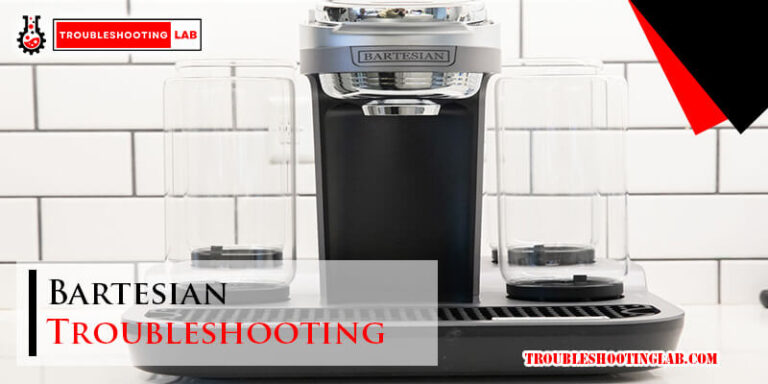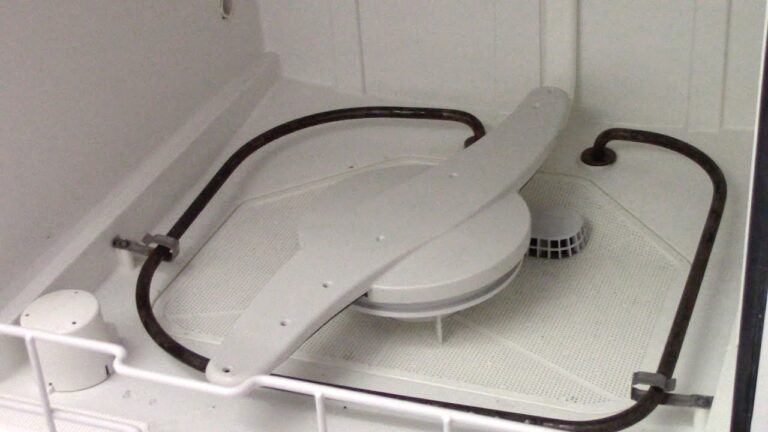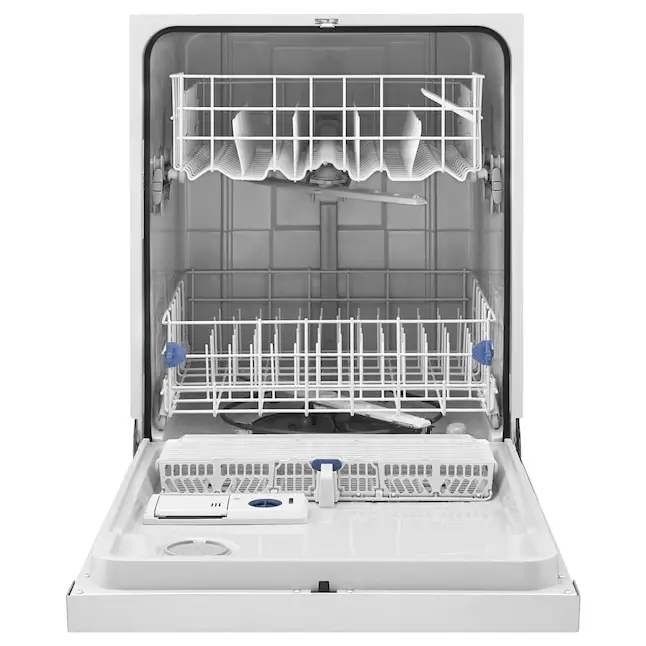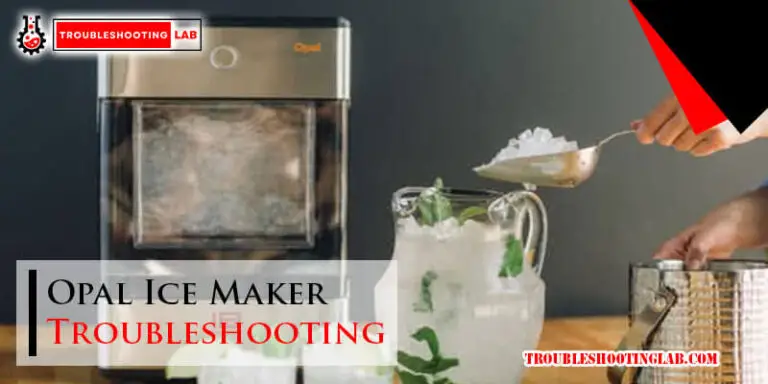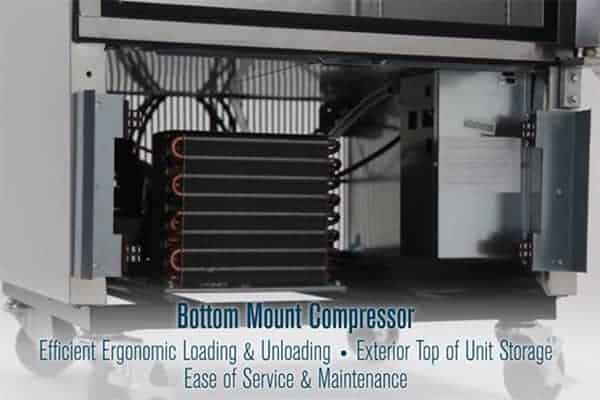Thermador Microwave Troubleshooting: Quick Fixes Explained
Thermador microwaves make your kitchen life so much easier—until something goes wrong. A microwave that isn’t heating, turning on, or functioning properly can quickly disrupt your day.
Sound familiar? Don’t worry. You’re not alone, and you don’t necessarily need to call a technician just yet. In this guide, we’ll walk you through simple troubleshooting steps to get your Thermador microwave back in action. Whether it’s a small hiccup or a recurring issue, you’ll discover practical solutions that save you time, money, and frustration.
Ready to take control and fix your microwave? Let’s dive in.
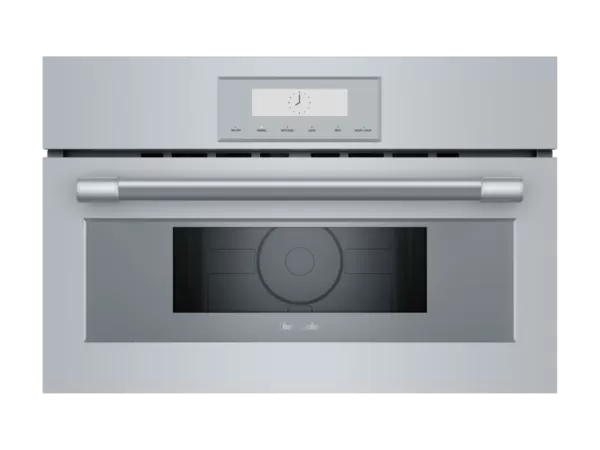
Credit: www.thermador.com
Common Issues With Thermador Microwaves
Thermador microwaves are known for their efficiency and sleek design. Still, like any appliance, they may develop issues over time. Understanding common problems can help you troubleshoot and maintain your microwave effectively.
1. Microwave Not Heating
This issue is often caused by a faulty magnetron. The magnetron generates the heat needed for cooking. If it’s defective, the microwave will not heat food. Another possible cause is a damaged diode. A blown fuse could also prevent the microwave from heating properly.
2. Microwave Door Won’t Close
A misaligned or broken door latch can cause this problem. Food debris stuck in the latch area may block proper closure. A damaged door hinge may also prevent the door from closing fully.
3. Turntable Not Spinning
A broken or jammed turntable motor is a common reason. Dirt or food particles stuck under the turntable can hinder its movement. Check if the roller guide under the turntable is broken or misplaced.
4. Microwave Sparks Inside
Metal utensils or foil left inside often cause sparks. Damaged waveguide covers can also lead to sparking. Check for food splatters or grease buildup on the cavity walls.
5. Microwave Display Not Working
A faulty control board may cause the display to malfunction. Damaged wiring or loose connections can also result in a blank display. Sometimes, power surges may affect the digital display temporarily.
6. Strange Noises During Operation
Unusual sounds often come from a defective magnetron or high voltage capacitor. Loose parts inside the microwave can also create noise. A worn-out cooling fan may contribute to the strange sounds.
7. Microwave Shuts Off Mid-cycle
This could be due to an overheating issue. A faulty thermostat may cause the microwave to shut off. Inspect the door switches, as they might not be functioning properly.
Microwave Not Heating
Is your Thermador microwave not heating food? This can be frustrating, especially during busy days. A microwave that doesn’t heat could have several issues. From power problems to faulty internal parts, understanding the cause is key to fixing it. Below, learn simple troubleshooting steps to identify and resolve the problem.
Checking The Power Supply
A microwave needs a stable power source to function. First, check if the microwave is plugged in securely. Examine the outlet for any signs of damage or loose wiring. If the outlet isn’t working, test it with another device. Reset the circuit breaker if necessary. A disrupted power supply can stop the microwave from heating.
Inspecting The Door Switch
The door switch ensures the microwave runs only when the door is closed. If the switch is faulty, the microwave won’t heat. Open and close the door firmly to see if the light inside turns on. If the switch seems stuck or damaged, it may need replacement. A properly working door switch is essential for heating.
Testing The Magnetron
The magnetron generates heat inside the microwave. If this component fails, the microwave can’t warm food. Disconnect the microwave from power before testing the magnetron. Use a multimeter to check for continuity in the magnetron. If it’s defective, replace it with a compatible part. Faulty magnetrons are a common reason microwaves stop heating.
Microwave Buttons Not Responding
Thermador microwaves are known for their reliability and convenience. But sometimes, the buttons may stop responding. This can be frustrating, especially during a busy day. Before contacting a technician, try troubleshooting the issue yourself. Many button-related problems are easy to fix with a little effort.
Cleaning The Control Panel
Dirt or grease on the control panel can cause unresponsive buttons. Wipe the panel gently with a soft, damp cloth. Avoid using harsh chemicals or abrasive scrubbers. Let the panel dry completely before testing the buttons again. A clean surface often restores functionality.
Resetting The Microwave
A simple reset can resolve many electronic glitches. Unplug the microwave from the power source. Wait for at least one minute before plugging it back in. This allows the system to reboot. Once powered back on, check if the buttons respond as expected.
Inspecting The Control Board
If cleaning and resetting don’t work, the control board may have issues. A faulty board can prevent the buttons from functioning. Remove the microwave’s outer casing carefully to access the board. Look for signs of damage, like burnt spots or loose wires. If you’re unsure, consult the user manual or a professional technician.
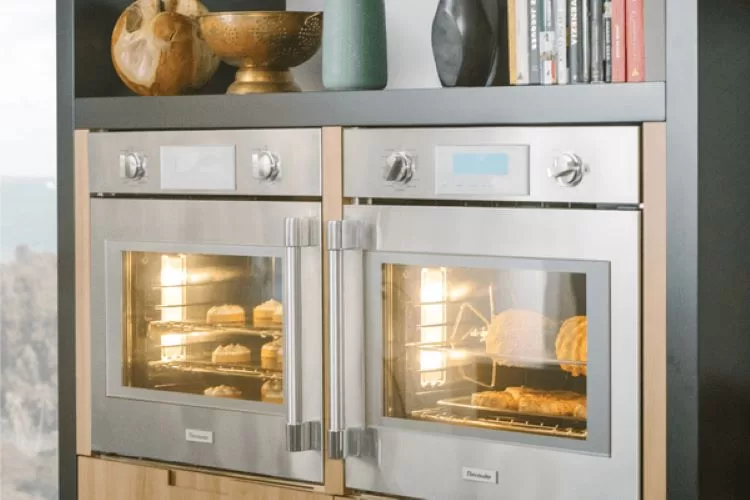
Credit: appliancecowboys.com
Microwave Making Unusual Noises
Is your Thermador microwave making strange noises? Unusual sounds can be alarming. These noises often point to underlying issues. Identifying the cause helps in resolving the problem quickly. Below, we’ll explore common reasons for these sounds and their fixes.
Examining The Turntable
The turntable is a common source of noise. Check if it’s properly seated. A misaligned turntable can create grinding or knocking sounds. Remove and clean the turntable to ensure smooth movement. Inspect the roller ring beneath it for debris or damage. Replace the ring if it’s cracked or worn out. Testing the microwave without the turntable can confirm the noise’s source.
Inspecting Internal Components
Internal parts can cause buzzing or rattling. Loose screws or panels may vibrate during operation. Open the microwave casing carefully to inspect these areas. Check the magnetron and diode, as these can wear over time. Faulty components may need replacement by a technician. Listen closely to pinpoint where the noise originates inside the unit.
Addressing Fan Or Motor Issues
The cooling fan or motor can produce unusual sounds. Dust buildup often causes these parts to work harder. Clean the fan blades to remove dirt and debris. A damaged or worn-out fan may need replacement. The motor, if faulty, can create a loud humming noise. Replacing the motor might resolve the issue. Always disconnect power before inspecting these areas.
Microwave Display Not Working
Is your Thermador microwave display not working? A blank screen can make it difficult to use the microwave efficiently. The issue may arise due to power interruptions, a faulty display board, or damaged components. Identifying the cause helps resolve the problem quickly.
Checking For Power Interruptions
Start by verifying if the microwave is receiving power. Check the power cord and ensure it is securely plugged into the outlet. Inspect the outlet by testing it with another device. If the outlet isn’t working, check your home’s circuit breaker for tripped switches. Reset the breaker if needed.
Testing The Display Board
If power isn’t the issue, the display board might be faulty. Turn off the microwave and unplug it before inspecting. Open the control panel using a screwdriver and check the connections on the display board. Loose wires or damaged connectors may cause the display to fail.
Replacing Faulty Components
Damaged components like the control board or fuse can affect the display. Identify the faulty part and replace it with a genuine Thermador part. Consult the user manual for specific instructions. If unsure, seek professional help to avoid further damage to the appliance.

Credit: www.repairclinic.com
Microwave Door Won’t Close Properly
Is your Thermador microwave door refusing to close properly? This can be incredibly frustrating, especially when you’re in the middle of heating up a quick meal. A malfunctioning door isn’t just inconvenient—it can also disrupt the microwave’s safety mechanism, preventing it from working altogether. But don’t worry, this issue is often easy to fix with a bit of troubleshooting. Let’s break it down step by step.
Inspecting The Door Latch
The door latch is a small yet crucial component that ensures your microwave door stays securely shut. If it’s dirty or damaged, the door won’t close properly. Start by examining the latch for any visible debris or food particles.
Clean the latch using a damp cloth and a gentle cleaning solution. Avoid harsh chemicals that might damage the mechanism. If you notice the latch is cracked or bent, it may need to be replaced. A damaged latch can’t hold the door securely, so inspect it closely.
Still having trouble after cleaning? Try pressing the latch lightly while attempting to close the door. Does it feel loose or misaligned? This could point to a more serious issue requiring part replacement, which we’ll discuss below.
Aligning The Door Hinges
Misaligned hinges are another common culprit. Over time, frequent use can cause the door to sag or shift slightly out of place. A misaligned door won’t line up properly with the latch, leaving it unable to close.
To check the hinges, open the door and observe how it moves. Does it feel wobbly or uneven? Tighten the screws on the hinges using a screwdriver. This simple adjustment often restores proper alignment.
If tightening doesn’t help, you may need to realign the door manually. Hold the door firmly and gently move it upward or downward until it lines up perfectly with the microwave frame. Avoid using excessive force to prevent further damage.
Replacing Damaged Parts
Sometimes, cleaning and alignment aren’t enough. If the door latch or hinges are broken, you’ll need to replace them. Don’t worry—this isn’t as intimidating as it sounds. Replacement parts for Thermador microwaves are widely available online or at authorized service centers.
Before starting, unplug your microwave for safety. Remove the damaged latch or hinge using a screwdriver, then install the new part. Be sure to follow the manufacturer’s instructions for a proper fit.
After replacing the parts, test the door to ensure it closes smoothly. If the problem persists, it might be time to consult a professional technician. Sometimes, underlying issues with the microwave’s structure or mechanics can cause recurring door problems.
Isn’t it satisfying to troubleshoot and fix small issues on your own? Not only do you save time and money, but you also gain a better understanding of how your appliances work. With these tips, your Thermador microwave door will be closing like new in no time!
Microwave Sparks Or Arcs During Use
Microwave sparks or arcs during use can be alarming and unsafe. These sparks usually indicate an issue inside the microwave that needs attention. Addressing this problem quickly can prevent further damage and maintain safe operation. Below are common causes and solutions to eliminate sparks in your Thermador microwave.
Removing Metal Objects
Metal objects inside the microwave can cause sparks or arcs. Metal reflects microwaves, creating intense energy that leads to sparking. Check for items like forks, spoons, or aluminum foil before starting the microwave. Always use microwave-safe cookware and avoid placing metal inside.
Inspecting The Waveguide Cover
The waveguide cover protects the microwave’s internal components and directs energy properly. A damaged or dirty waveguide cover can create sparks. Inspect the cover for burns, cracks, or food residue. If it looks damaged, replace it with a new one. Clean the cover gently with a damp cloth to remove grease or debris.
Checking For Damaged Interiors
Damaged interiors, such as chipped paint or exposed metal, can cause arcs. Inspect the cavity walls for signs of wear or peeling paint. Use microwave-safe paint to repair small chips. If the damage is severe, consider professional assistance to avoid further issues.
When To Contact A Professional
Microwave troubles can be frustrating, especially when you’re unsure whether to fix them yourself or call a professional. While handling minor issues like cleaning or resetting may be straightforward, some problems demand expert intervention. Knowing when it’s time to step back and let a trained technician take over can save you time, money, and unnecessary stress.
Recognizing Complex Issues
Some microwave problems go beyond simple fixes. If your Thermador microwave is sparking, emitting unusual noises, or failing to heat food consistently, these could point to deeper electrical or mechanical issues.
Attempting DIY repairs on such problems can be risky. You might unintentionally worsen the damage or even compromise your safety. For example, a faulty magnetron or high-voltage capacitor can pose serious hazards if mishandled.
Ask yourself: Do I have the tools and knowledge to safely repair this? If not, it’s time to contact a professional.
Finding Certified Technicians
Not all repair services are created equal. Thermador appliances require specialized knowledge, so finding certified technicians is critical. Look for professionals trained specifically to handle Thermador products.
Search online for authorized repair centers or check Thermador’s website for recommended service providers. Certification ensures technicians understand the unique design and functionality of your microwave.
A quick tip: Verify reviews and ratings before booking an appointment. This helps you avoid unreliable services.
Understanding Warranty Coverage
Does your Thermador microwave still have warranty coverage? This could save you from paying out-of-pocket for repairs. Many warranties cover specific issues, but not all problems qualify.
Before calling a technician, review your warranty documents. If your issue is covered, contact Thermador directly or their authorized service providers to avoid invalidating the warranty.
Even if the warranty has expired, check if extended warranty options are available. It’s worth exploring to minimize future costs.
So, when your microwave acts up, remember: Sometimes, calling a professional isn’t just the safest choice—it’s the smartest one too. Would you rather risk damaging your appliance further or ensure it’s repaired correctly the first time?
Conclusion
Troubleshooting a Thermador microwave can feel challenging, but it’s manageable. Start with basic checks like power supply and settings. Clean the appliance regularly to avoid common issues. If the problem persists, consult the manual or seek professional help. Regular maintenance can extend your microwave’s lifespan and improve performance.
Addressing issues early prevents bigger repairs later. Always prioritize safety when handling electrical appliances. With patience and careful steps, most problems can be resolved. A well-maintained microwave ensures reliable and efficient cooking for years to come.

